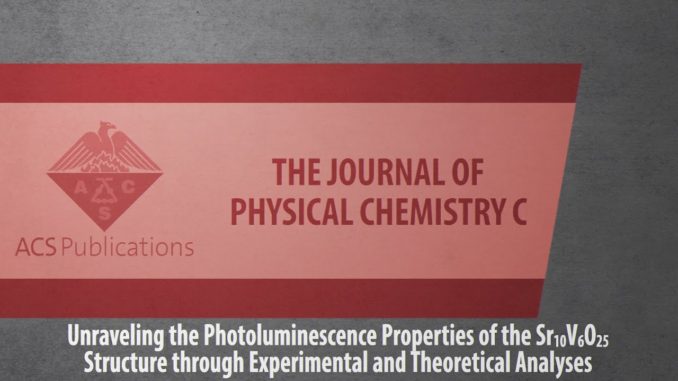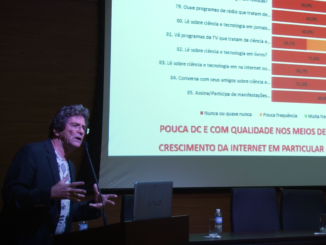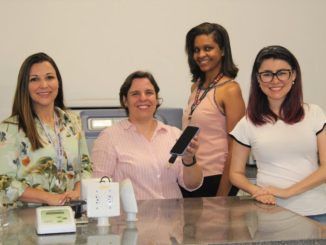
Unraveling the Photoluminescence Properties of the Sr10V6O25 Structure through Experimental and Theoretical Analyses
Abstract: White light photoluminescent materials can overcome many problems due to an intrinsic color balance, in addition to reducing the cost for application in emitting components and electronic devices. In this sense, to observe this phenomenon of photoluminescence, variations in the synthesis time at low temperatures were carried out, which also influenced the degree of structural order/disorder of strontium vanadate (Sr10V6O25, SVO). The microwave-assisted hydrothermal route allowed us to evaluate the structural and morphological evolution of the SVO compound. Furthermore, this paper discusses how van der Waals forces influence the morphological evolution of a semiconductor as a function of orientation, induction, and dispersion interactions. The experimental study combined with theoretical approaches provided information about the structure and electronic properties of SVO. From the experimental data and theoretical analysis, we propose, for the first time, that the unit cell of the SVO structure is composed of three distorted [SrOx] (x = 6, 7, and 9) and two distorted [VO4] clusters. Photoluminescence measurements revealed an efficient broadband emission, and the conversion of ultraviolet light excitation into visible light was observed. The emission chromaticity showed that the structural disorders of the [SrOx] and [VO4] clusters present the possibility of change in the Commission Internationale de l’Éclairage emission color.
Author(s): Teixeira, MM; Gouveia, AF; Sousa, AG; Silva, LF; Oliveira, RC; San-Miguel, MA; Li, MS; Longo, E
J. Phys. Chem. C
Publication: June 12, 2020




